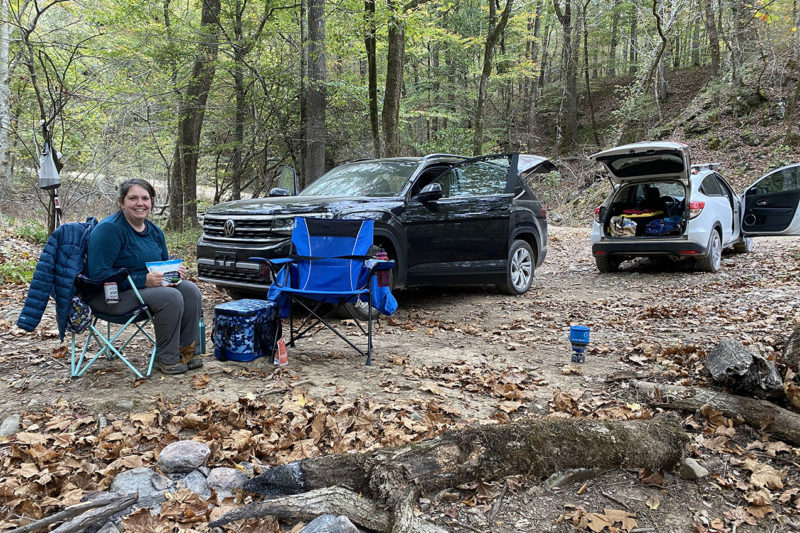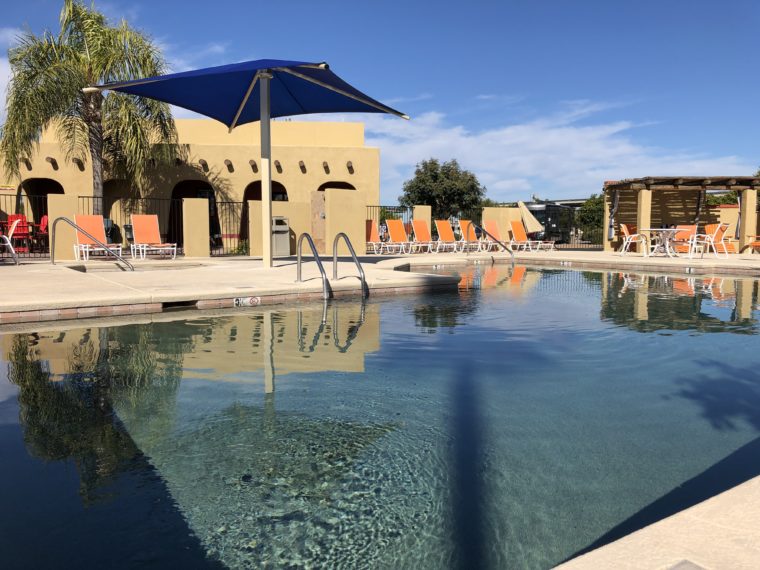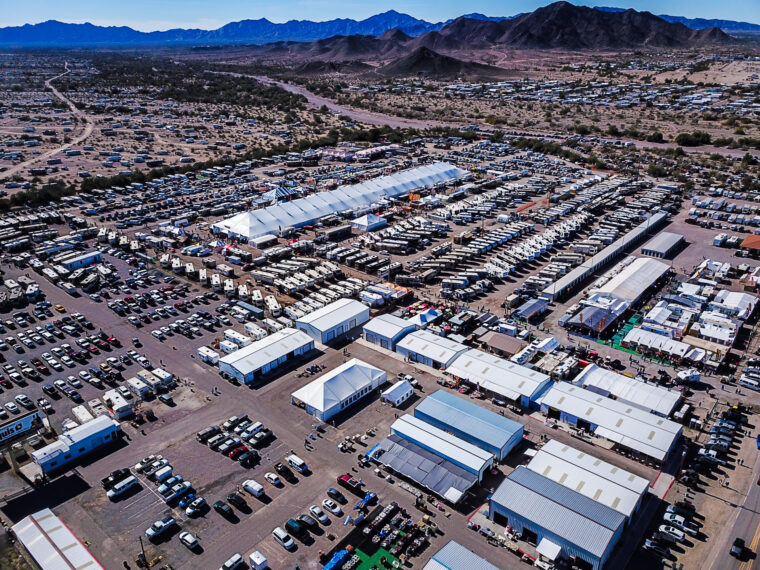My best friend and I recently had plans to go backpacking on what we thought was a lesser-known trail in southwest Arkansas. When we arrived at the trailhead and couldn’t find a single open parking spot, we quickly changed our plans to escape the crowds and lessen our impact on the beautiful Ouachita National Forest. Instead of backpacking, we decided to go boondocking and explore the vast wilderness by car.
Because boondocking (camping on public lands without services and outside developed campgrounds) requires almost the same type of equipment as backpacking, it was easy to pivot from backpacking to car camping. Even with numerous impacted, dispersed camping sites along the 30 miles of back roads within the forest, not many people were exploring by vehicle.
As a Leave No Trace Trainer, I know how important it is to keep our wild spaces wild for others to enjoy. Sometimes changing plans at the last minute is a way to do this. That backpacking trail we planned to do will always be there—at least we hope. Responsibly using trails and campsites to help keep them open is one reason why it is so important to practice Leave No Trace principles, even when in the front-country.
Principle 1 — Plan Ahead and Prepare
The first Leave No Trace Principle encourages us to plan ahead and prepare. With boondocking, it’s important to make sure that dispersed camping is allowed where you are going. Search on Campendium to look for free, dispersed camping spots. If you don’t find any, you’ll need to stay in a campground or move onto a new destination.
One thing that stood out to me during my Leave No Trace course was that the problem is not just the damage you create but the collective damage of all those after you. If you arrive at your destination tired and cranky only to learn dispersed camping is not allowed, you might be tempted to bend the rules just this once. But then someone sees you, and then they bend the rules. And someone sees them. The next thing you know, people are saying, “Yeah, it’s not allowed, but everyone else does it.”
Principle 2 — Travel and Camp on Durable Surfaces
This principle is especially important for car camping and RVing. A vehicle can do much more damage to an area than stepping off the trail. When dispersed camping, you want to look for already impacted sites. The two places my best friend and I boondocked had well-worn access drives, and fire rings were already established.
When you do find an already impacted area, stay within its borders. Do not drive into vegetation, cut down trees, or move rocks out of the way, as this furthers the campsite’s footprint. And as more and more people do that, the site just gets bigger and bigger, and land managers may choose to take action to rehabilitate the area by closing it down or restricting its use.
Principle 3 — Dispose of Waste Properly
When boondocking or dispersed camping, there are no services. No one will come and collect your trash, so it’s essential that you take it with you. This includes packing out your table scraps and not throwing them into the bushes. Once, while backpacking, I arrived at a backcountry site, and my dog immediately started eating out of the fire pit. Whoever was there before tried to burn the remnants of their dinner; it was gross.
Food left behind attracts animals, and if animals know they can score an easy meal at a location, they can be annoying at best, dangerous at worst.
You also need to dispose of human waste properly. To do this, dig a cat hole six to eight inches deep and four to six inches in diameter, then fill it back in once you’ve done your business. Make sure the cat hole is at least 200 feet or 80 steps from water, trails, and campsites. If you’d prefer not to dig a cathole or are in a place where it’s not possible, there are other options, too.
Principle 4 — Leave What You Find
We’ve all heard the adage, “take only pictures, leave only footprints,” and that is just as relevant when dispersed camping. The instructor of my Leave No Trace class passed around a puzzle and asked each of us to take just one piece. By the time it got to the last person, the picture was unrecognizable. The same goes for taking things from the wilderness.
Remember, it’s not just you, but the collective effort of all. Because car camping is easier to get to, it might be more tempting to take natural souvenirs. Don’t do it. Leaving them allows everyone the chance to enjoy the experience of a night in the wild.
Principle 5 — Minimize Campfire Impacts
This year, we had a historic fire season along the West Coast and Colorado, and unattended or mismanaged campfires started some of those fires. Minimizing campfire impacts is so important. First, make sure that campfires are allowed where you are camping. Once you’ve done that, make sure you build your campfire in a preexisting fire spot. You can also consider bringing a portable fire pit or fire pan to build a fire, especially in areas where fires are allowed, but there is no existing fire ring.
When you leave, ensure your campfire is out by drowning it with water and stirring with a stick until everything is cold. Even if you can’t see the campfire smoldering, that doesn’t mean it is out.
You also do not want to transport firewood. Be sure to “buy where you burn” or collect it from the area if gathering firewood is allowed. This helps stop the spread of invasive species.
Principle 6 — Respect Wildlife
For your safety and the safety of wild animals, you should never follow or approach wildlife.
Once, while driving in the Ozark National Forest looking for a place to camp, I came upon a juvenile elk. He was young and confused. I drove a little ways behind him. I thought he would run into the woods and get out of the way, but he did not. When I stopped, he stopped. When I inched forward, he inched forward. Even though I wanted to get further down the road, I turned around and went another way not to distress him further.
You also want to make sure your food is stored properly so that wild animals, big or small, can’t access it. Do not leave your food out and unattended, and use best practices for keeping critters out of your camp.
Principle 7 — Respect Other Visitors
Usually, when people are dispersed camping, they want to be alone in the wilderness. Just as you want them to respect your privacy and right to be there, you want to respect them. You may not have designated quiet hours, but if other campers are close, you want to let them enjoy nature just the same. If you play music, keep it at a tolerable volume and turn it off when it gets dark out. If you’re camped with friends and expect a late, loud night around the campfire, choose campsites far away from others.
The golden rule applies here, as it does most everywhere: treat others how you would want to be treated.







